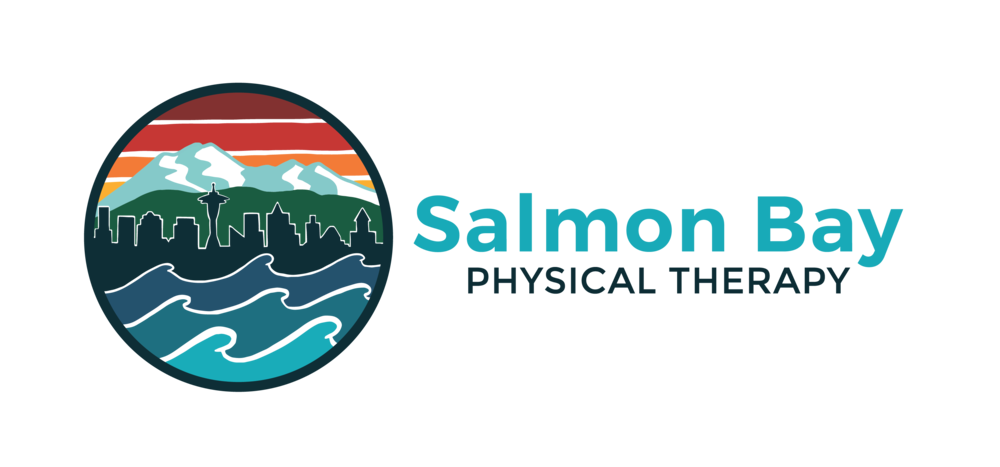Yesterday's “Move Better” post presented the Hurdle Step Test, which assesses the mobility and stability of your hips, knees and ankles. Performing the Hurdle Step Test requires balance, coordination, and mobility through the joints of the moving and standing leg. If you tried the Hurdle Step Test and had difficulty performing it due to balance or joint mobility deficits, this post will provide exercises that may help address these issues.
EXERCISES TO IMPROVE BALANCE AND STABILITY
Our joints and tendons contain sensory receptors called proprioceptors that respond to the movement and position of the body. Proprioceptors communicate information to our brain and muscles and help us maintain or change our body position. A significant part of our static and dynamic balance relies on this proprioceptive system. Whether we are standing on one leg, walking on a sandy beach, or backpedaling to guard an opponent on the basketball court, these proprioceptors help us control our movement and balance. Building our proprioception through balance exercises may help us better control positions of our joints during movements, decrease our fall risk, or improve our sports performance.
The videos below include beginner balance exercises as well as more advanced dynamic balance exercises:
EXERCISES TO IMPROVE ANKLE MOBILITY
Dorsiflexion is a motion that occurs at the ankle and involves the movement of the top part of the foot toward the tibia (shin) bone. When stepping up onto or over an object (like in the Hurdle Step Test) limitations in ankle dorsiflexion may increase your risk of catching your toes or foot on the object or cause you to compensate with increased movement through the hip or trunk.
To learn how to improve your ankle dorsiflexion mobility, CLICK HERE.
EXERCISES TO IMPROVE HIP MOBILITY
Stepping over an object (like in the Hurdle Step Test) also requires adequate hip flexion mobility to raise the femur (thigh bone) high enough to help clear the object. Impairments in hip flexion mobility may also impact other daily activities, like getting down into a squat or lunging. Hip flexion mobility may be limited by tightness in musculature around the hip joint or restrictions in the hip joint itself. Exercises to improve hip flexion mobility and provided in the video below:
In summary, the Hurdle Step Test is a quick way to assess mobility and stability in parts of the lower extremities. Check past “Move Better” content for other ways to improve your balance through dynamic strengthening exercises.
